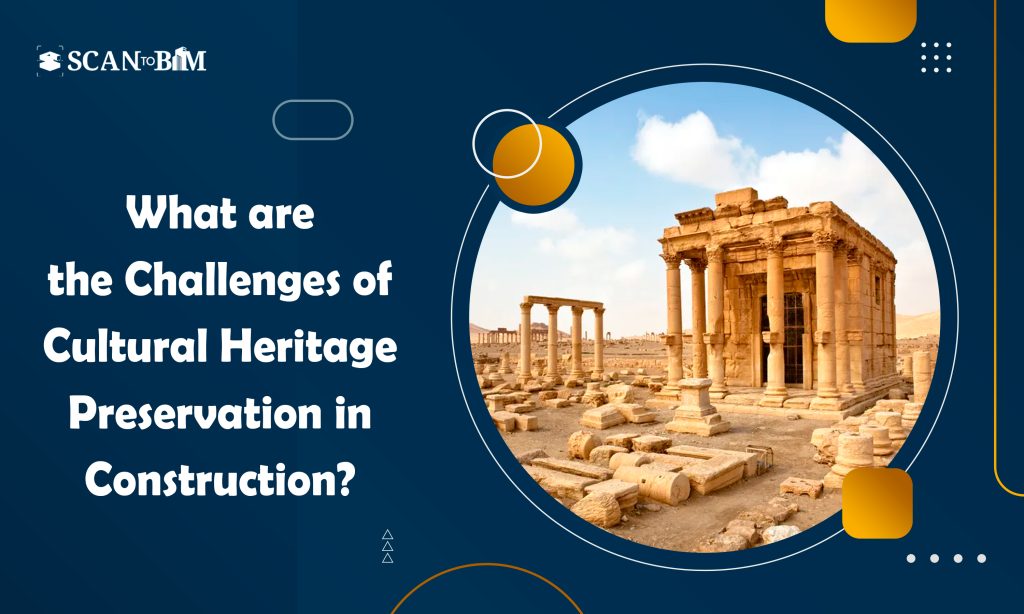
Introduction:
In the fast-paced world of construction and urban development, the preservation of cultural heritage often finds itself at odds with the demands of progress. Striking a delicate balance between innovation and conservation has become a paramount challenge for builders, architects, and policymakers alike. As we forge ahead into a future marked by towering skyscrapers and cutting-edge infrastructure, it becomes crucial to reflect on the significance of preserving our rich cultural heritage. This blog explores the complex landscape of cultural heritage in construction, shedding light on the challenges and opportunities that arise when past and present collide.
Understanding Cultural Heritage:
Cultural heritage encompasses a broad spectrum of tangible and intangible assets, including historical buildings, archaeological sites, traditional craftsmanship, and even oral traditions. These elements collectively contribute to the identity of a community, forming the backbone of its cultural narrative. Preserving cultural heritage in construction involves navigating a multifaceted realm that requires a nuanced approach, taking into account both the physical and symbolic dimensions of the past.
Challenges in Preserving Cultural Heritage:
- Urban Expansion: The relentless push for urban expansion often encroaches upon historical sites and traditional neighborhoods, putting them at risk of being demolished or overshadowed by modern structures. Balancing the need for new construction with the imperative to protect cultural heritage is a perpetual challenge.
- Technological Advancements: The use of advanced construction technologies, while contributing to efficiency and sustainability, can pose a threat to historical structures. The introduction of heavy machinery and new building materials can unintentionally compromise the structural integrity of heritage sites.
- Economic Pressures: In many cases, economic considerations become a driving force in decision-making processes. The potential financial gains from demolishing and redeveloping heritage sites may outweigh the value of preserving them, leading to conflicts of interest.
- Lack of Awareness: A lack of awareness about the historical significance of certain structures or areas can result in unintentional neglect or destruction. Education and public engagement are crucial in fostering collective responsibility for preserving cultural heritage.
Opportunities in Preserving Cultural Heritage:
- Adaptive Reuse: Adaptive reuse involves repurposing historical buildings for contemporary needs while preserving their original features. This approach not only breathes new life into old structures but also helps maintain a connection between the past and the present.
- Sustainable Practices: Integrating sustainable construction practices can contribute to both the preservation of cultural heritage and the reduction of environmental impact. This involves employing environmentally friendly materials and incorporating energy-efficient designs that harmonize with conventional construction techniques.
- Collaboration and Stakeholder Involvement: Building strong partnerships between government bodies, developers, and local communities is essential. Involving stakeholders in the decision-making process guarantees the consideration of various perspectives, resulting in more well-rounded and culturally attuned outcomes.
- Digital Preservation: Leveraging digital technologies, such as 3D scanning and virtual reality, and using accurate Point Cloud Modelling Services allows for the creation of digital replicas of heritage sites. These tools aid in documentation, research, and public education, providing an alternative means of preserving cultural assets.
Conclusion:
Preserving the past in the face of rapid urbanization and technological progress requires a trusted Scan to BIM company and a concerted effort from all stakeholders involved. Striking a harmonious balance between the demands of the present and the reverence for cultural heritage is not an easy task, but it is a necessary one. As we continue to build the cities of tomorrow, it is imperative that we recognize the value of our past and weave it into the fabric of our future. Only through thoughtful consideration and innovative approaches can we navigate the complex landscape of cultural heritage in construction and ensure that our rich history endures for generations to come.